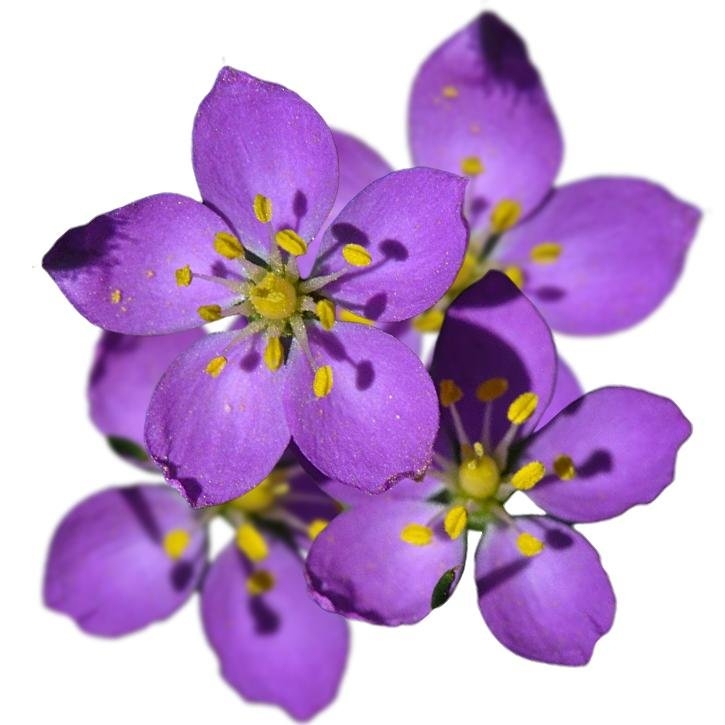It’s an annual, biennial or even perennial plant, usually laying down with a narrow, smooth and ligneous root. From this root, many stems are generated; these stems are 5 to 22 cm in length. Leaves are distributed among numerous branches that come from the stem. Leaves are narrow, linear or lanceolated; silver with stipules and grouped in pairs. There is another type of leaves triangular and elongated. The plant is hairy in the sides while the leaves and stems go balder as they get closer to the base. Inflorescence has bracts which are as long as the leaves. Flowers are pink are very small, barely reaching 5 mm in size. They are formed by a calyx of five sepals and a corolla formed by five petals. They are born from the leaves and group up in racemes. Fruit is encapsulated, oval shaped and has plenty of brown seeds. It belongs to the Caryophyllaceae family.
Part used
Aerial apexes.
Indications
It is used to stimulate the diuresis in cases like:
Bibliography
Plantas Medicinales. El Dioscórides renovado. Pio Font Quer. Editorial Labor S.A. 15ª edición. 1995.
Plantas Medicinales. Margarita Fernández. Ana Nieto. Ediciones Universidad de Navarra, S.A. Pamplona.
Artículos de Inernet, páginas: 1.- www.portalfarma.com Información farmacológica Plantas medicinales y 2.- www.fitoterapia.net.
PDR for Herbal Medicines. Medical –economics company, Montvale. Second Edition. 2000; pp39.
Catálogo de Plantas Medicinales. Consejo general de Colegios Oficiales deFarmacéuticos. 2003.
Fitoterapia. Vademecum de Prescripción. B. Vanaclocha, S. Cañigueral. Editorial Masson. 4ª edición.
